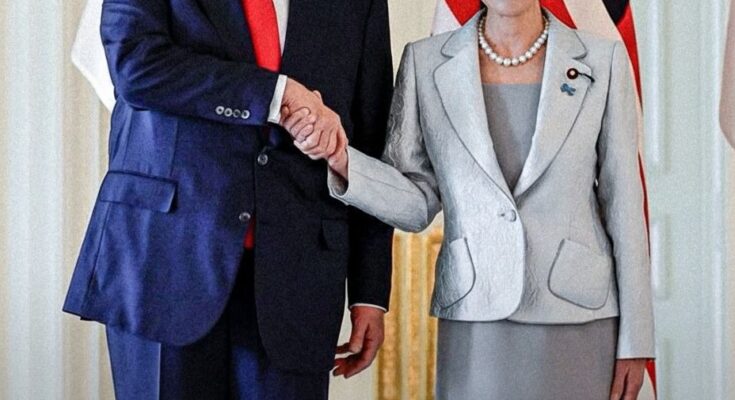Here’s What Happened After Donald Trump Met Japan’s First Female Prime Minister Sanae Takaichi
When Donald Trump met Japan’s first female Prime Minister, Sanae Takaichi, in Tokyo, it wasn’t just another diplomatic photo op. Behind the handshake that quickly made headlines was a clear message — a new phase of U.S.-Japan cooperation rooted in energy, trade, and mutual security. This was not a ceremonial meeting; it was a deal-making session with real-world consequences.
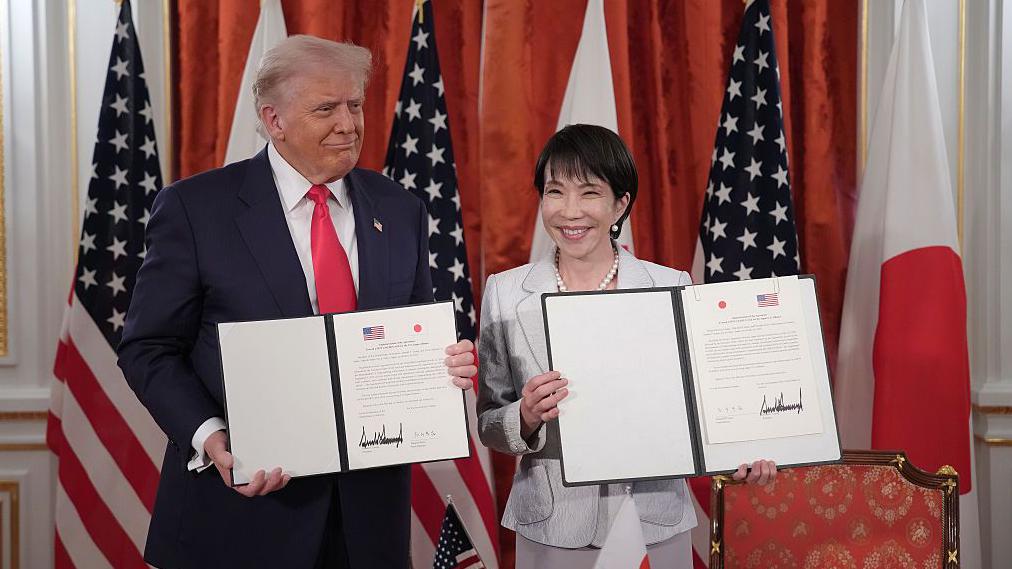
Trump, known for his direct approach to international relations, praised Takaichi for her leadership and her focus on strengthening Japan’s role in global security. “We are allies at the strongest level,” he said after their meeting. “Anything I can do to help Japan, we will be there.” His statement wasn’t empty rhetoric — it marked the beginning of an ambitious agenda that tied both nations closer together economically and strategically.
During their discussions, the two leaders outlined a shared commitment to reduce dependence on China for critical minerals and rare earth elements — materials essential for technology, defense systems, and electric vehicles. The agreement aims to boost domestic production and cooperation between American and Japanese industries. Analysts described the move as a turning point in the global supply chain battle, one that would reshape how both nations source and protect their technological infrastructure.
Japan also announced plans to invest approximately $550 billion into the United States, primarily focused on energy development, semiconductor manufacturing, and renewable technology. It’s a staggering figure that reflects how deeply Japan intends to intertwine its economic future with America’s industrial resurgence. For Trump, who has long emphasized bringing manufacturing jobs back to U.S. soil, this was a victory aligned perfectly with his America-first philosophy — but this time, with a strong ally by his side.
Symbolically, the partnership also carried emotional weight. Trump was presented with Shinzo Abe’s golf putter — a deeply personal gesture meant to honor the late Prime Minister and his historic friendship with Trump. Alongside that, he received a golf bag signed by professional golfer Hideki Matsuyama, further cementing the bond between the two nations. Those moments, though small, reflected continuity — a reminder that diplomacy often thrives when built on personal respect and cultural understanding.
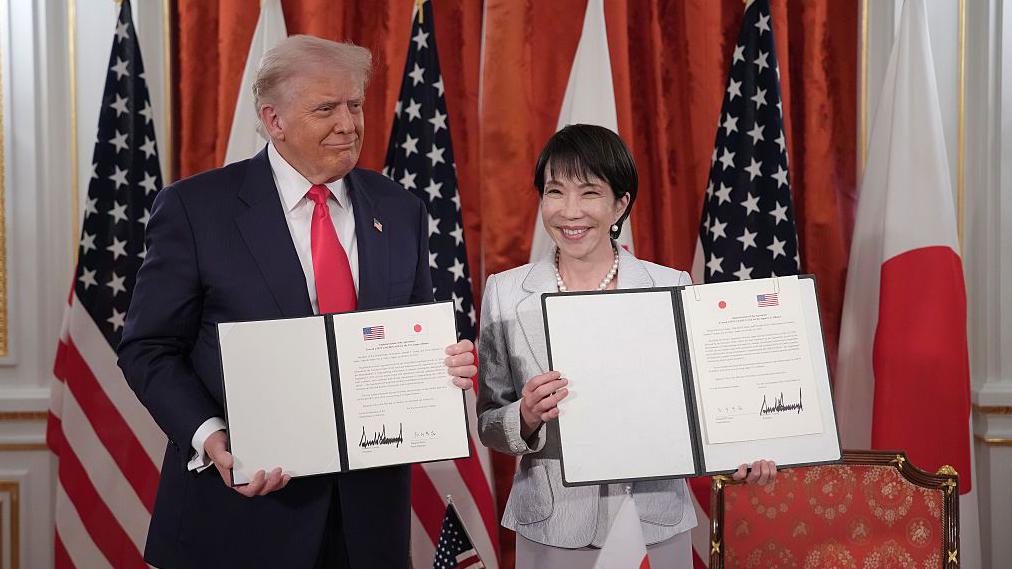
Beyond economics, the meeting also underscored a renewed defense partnership. Japan announced plans to increase its purchase of American-made F-35 fighter jets and Ford F-150 trucks, signaling confidence in U.S. technology and reinforcing the nations’ long-standing military alliance. Trump, in turn, promised continued support for Japan’s defense modernization and emphasized his belief that Japan’s strength contributes directly to global stability.
The visit wasn’t without a touch of celebration. Tokyo’s most iconic landmarks — including the Tokyo Tower and Skytree — were lit up in red, white, and blue to honor the meeting. Crowds gathered across the city to catch a glimpse of the lights, a vivid symbol of friendship between the two nations. It was a rare, emotional display of diplomacy turned spectacle, one that reflected how significant the U.S.-Japan relationship has become under new leadership.
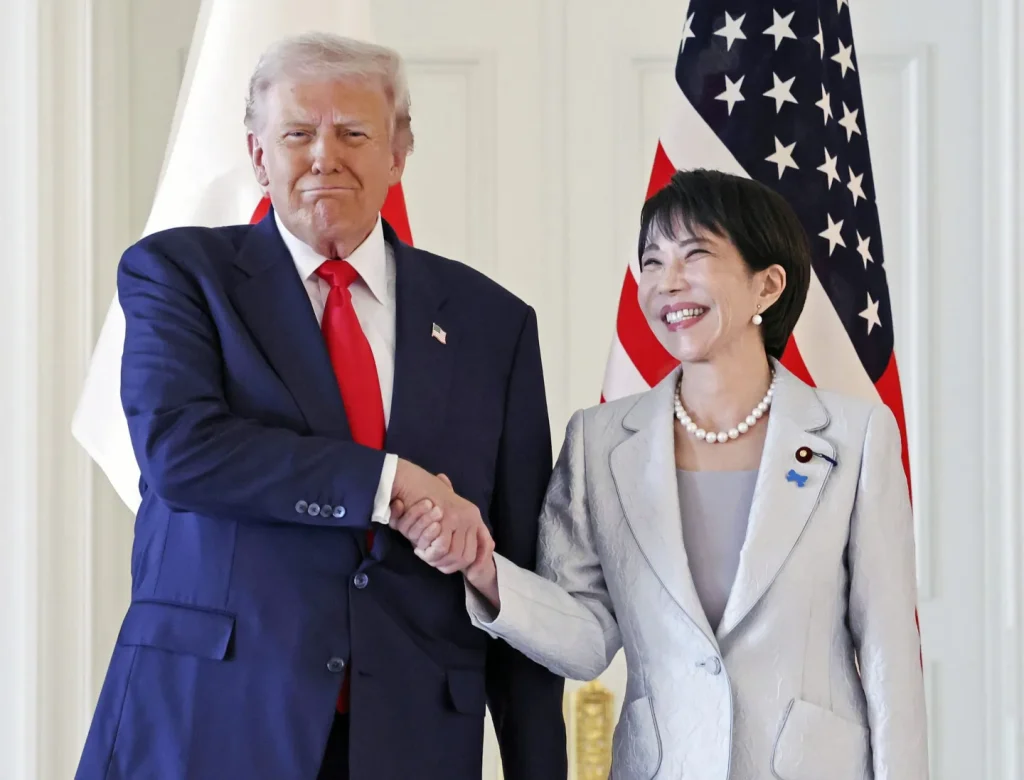
Takaichi’s role in all this cannot be understated. As Japan’s first female Prime Minister, she represents a major shift in the nation’s political landscape — a break from decades of male-dominated leadership. Her boldness in strengthening economic ties with the U.S. while reducing dependency on China shows a pragmatic yet visionary approach. Many in Japan view her as a continuation of Shinzo Abe’s policy direction but with a fresh, assertive voice capable of steering the country into a new era.
Meanwhile, Trump’s visit has been hailed as one of his most productive international engagements since his return to political prominence. Supporters say it reinforces his image as a global dealmaker who prioritizes American workers while maintaining respect for key allies. For Japan, the meeting was equally crucial — a chance to demonstrate global leadership under a new Prime Minister eager to balance diplomacy, defense, and economic expansion.
As the two leaders stood together, smiling for the cameras, it was clear their handshake wasn’t just for show. It was the start of a partnership built on decades of trust, reinvigorated by shared ambition. For both nations, the meeting marked not just a renewal of old alliances but the beginning of a stronger, more defined future — one powered by collaboration, respect, and the belief that real progress happens when allies move in unison.
